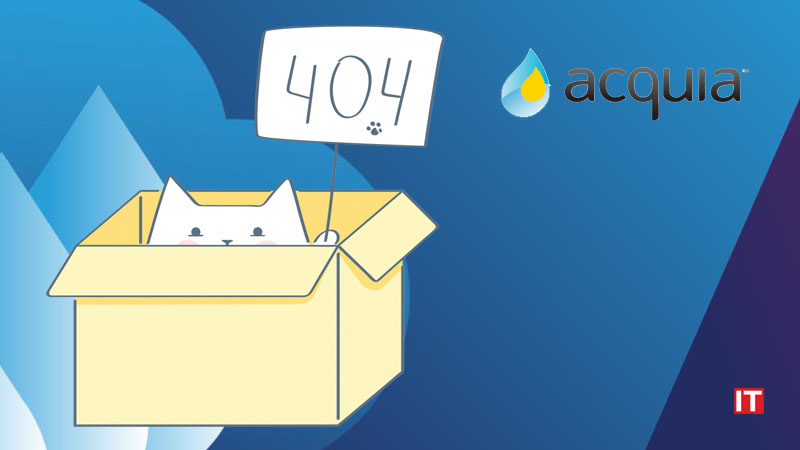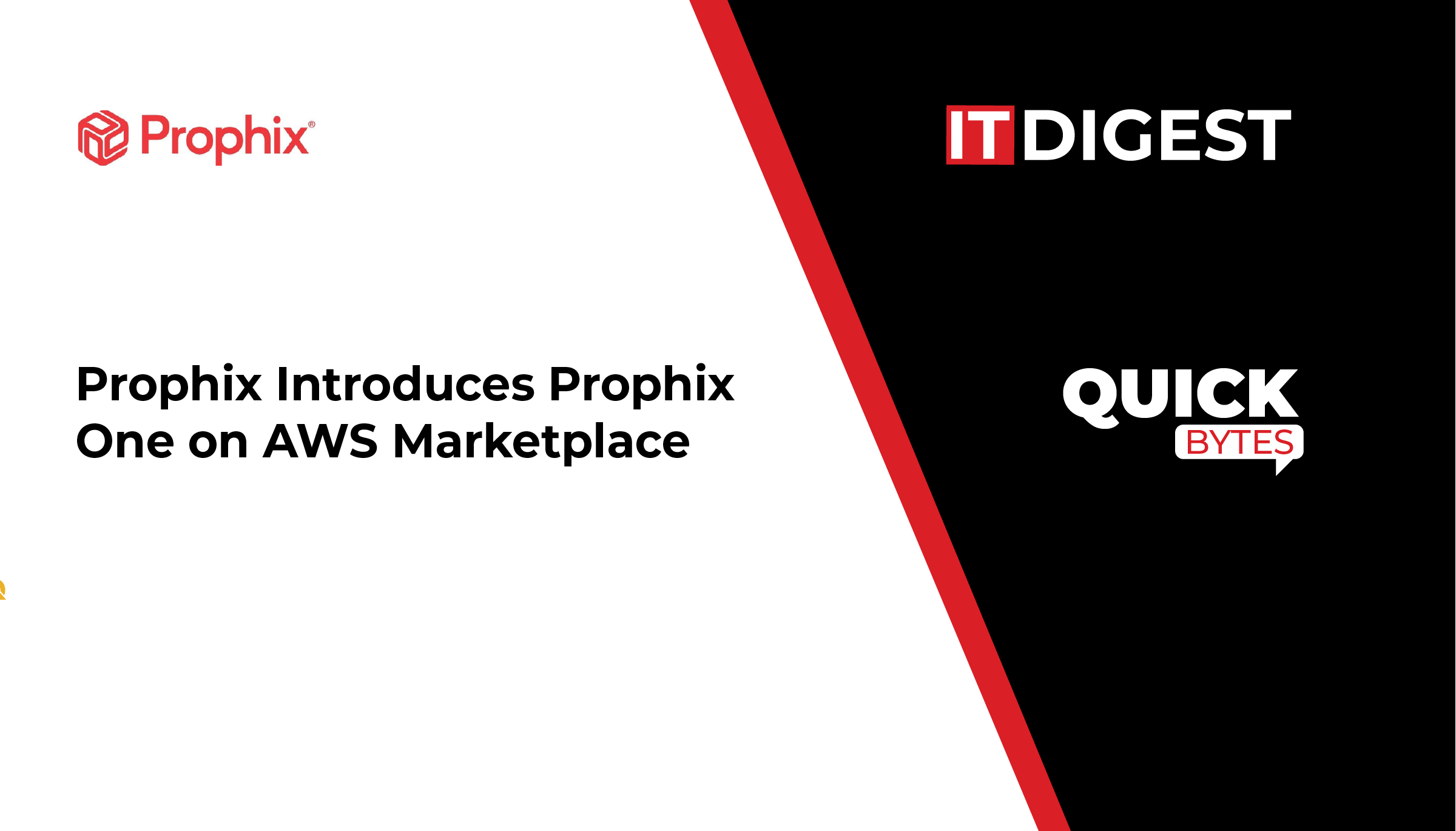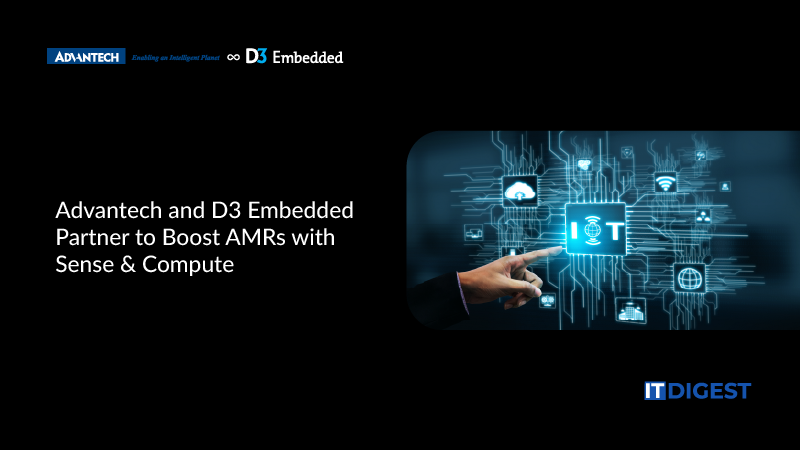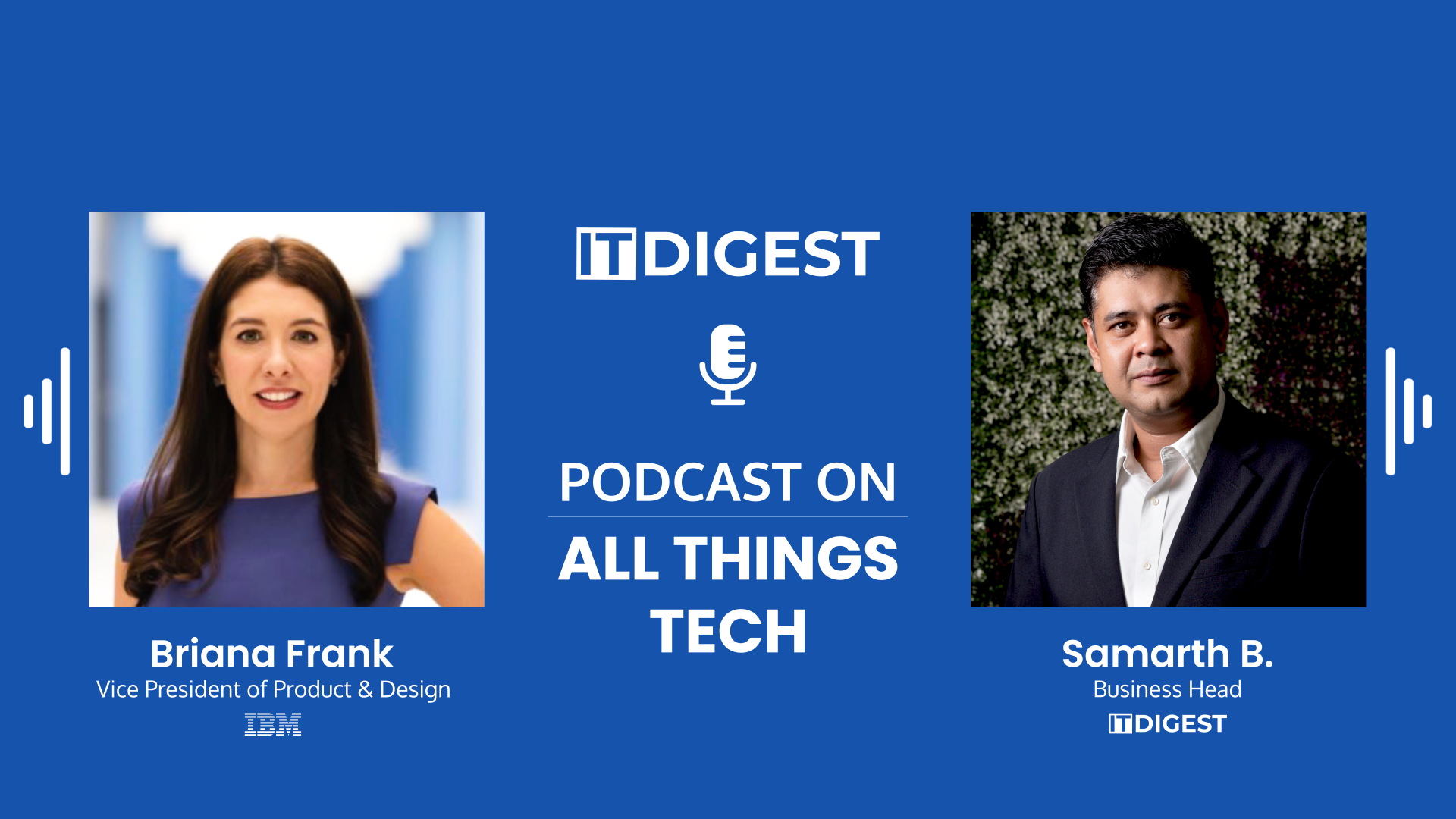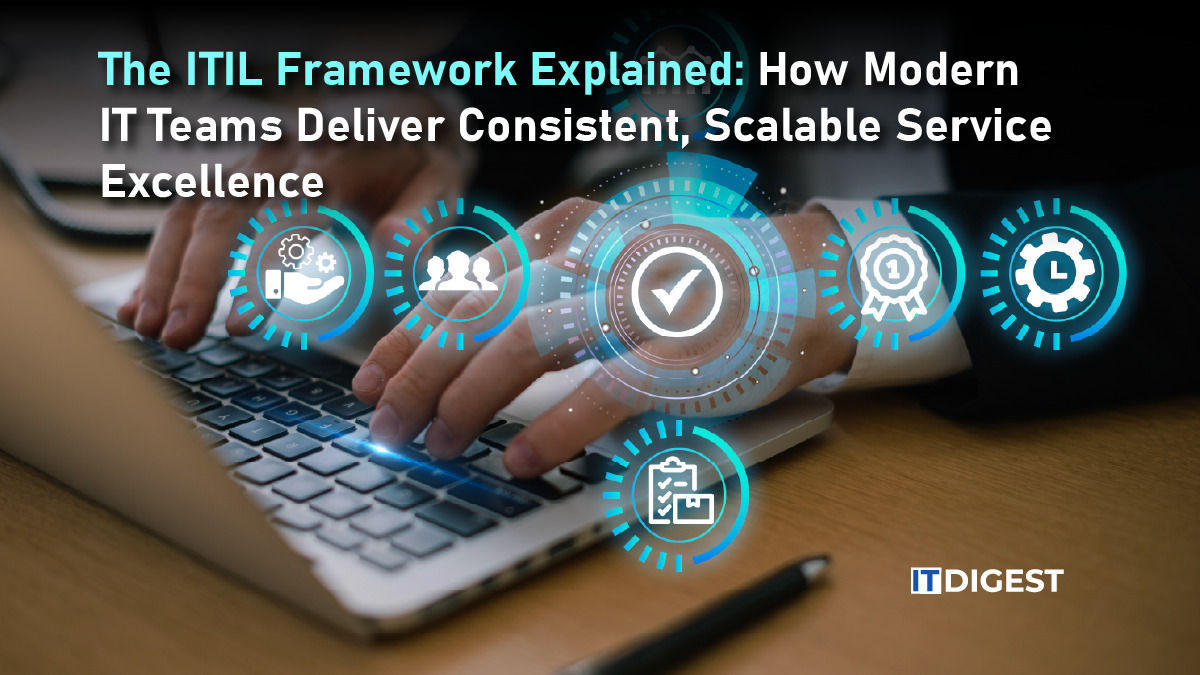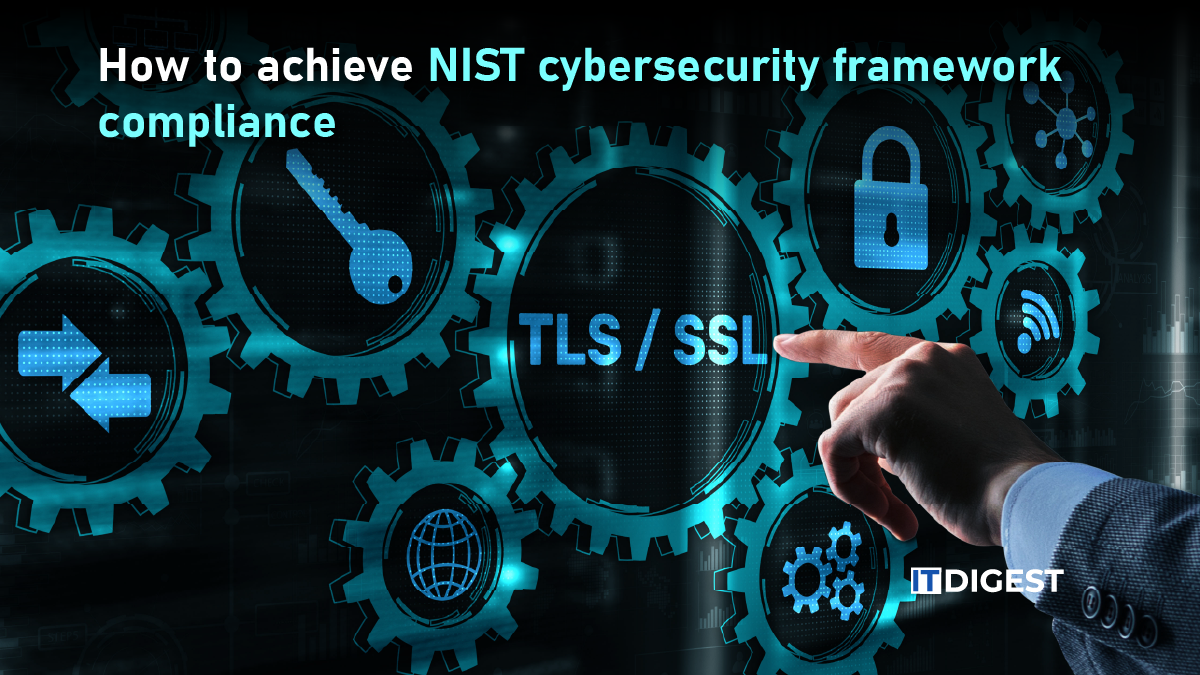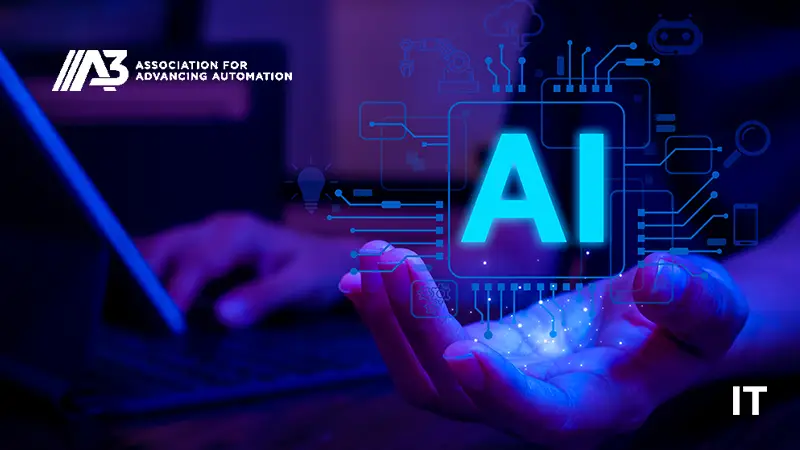Nokia has announced an agreement to supply its autonomous MantaRay SON to DOCOMO for use in the operator’s multi-vendor LTE and 5G RAN. The deal represents the first deployment in Japan of Nokia’s 5G base station in combination with DOCOMO’s operations framework and is designed to enhance automation, efficiency and customer experience in a large-scale commercial network.
According to Nokia, the MantaRay SON solution was designed to address the ever-increasing complexity of 5G networks, numbering in the thousands of base stations, millions of cells, and featuring multi-vendor hardware. It will automate routine operations to optimize network quality and customer experience while driving down operational costs.
The deployment currently underway at DOCOMO covers the planning, provisioning and verification processes in the RAN. Moreover, the system will establish closed-loop operations: when changes need to be made to the configuration of the 5G system, it will automatically detect and execute them without human intervention. Looking ahead, Nokia says the platform will evolve within DOCOMO’s network to include full multi-vendor support, its AutoPilot capabilities and Non-RT RIC functions – pushing towards Level 4 autonomous network operations.
Mark Atkinson, Head of Radio Access Networks at Nokia, said, “Nokia is proud to partner with NTT DOCOMO to bring cutting-edge AI-driven automation to Japan’s telecom industry. MantaRay SON represents a significant leap forward in managing the complexity of 5G networks and delivering superior efficiency and customer experience.”
Masafumi Masuda, General Manager of DOCOMO’s Radio Access Design Department, added: “Nokia‘s highly automated MantaRay SON solution will help us to deliver an enhanced customer experience by accelerating our quality-improvement cycles. Its open interface capabilities will strengthen our O-RAN 5G commercial network, and its advanced AI features will reduce operational costs further and improve service quality.
Implications for the Industry of 5G
1. Automation & AI-Native RAN Management
This collaboration underlines the fact that 5G network operations are transitioning to AI-native, self-organising architectures. As networks continue to densify, become multi-vendor and complex, with features such as slicing, edge and IoT, automation via systems like MantaRay SON becomes a critical differentiator. Automation in planning, provisioning and verification, with loop closure between analytics and configuration, allows operators to scale more efficiently, reduce manual labor and may improve performance.
2. Multi-Vendor 5G Networks & Open RAN Evolution
Notably, DOCOMO’s deployment is multi-vendor rather than single-vendor. In the wider context of trends around Open RAN/O-RAN architectures, where openness, interoperability and modularity have been spoken about with emphasis, this development underscores that AI automation solutions must support heterogeneous RAN hardware and interfaces. For the 5G industry, it indicates that those vendors that can actually deliver seamless automation across multi-vendor environments will have a significantly better standing.
Also Read: AccuKnox and Carahsoft Partner Zero Trust Platform for Agencies
3. Cost & Efficiency Pressure on Operators
Operating 5G networks costs a lot. This includes rollout, densification, energy, maintenance, and software upgrades. To cut OPEX, companies like DOCOMO are using advanced automation. This helps improve network quality and speeds up service updates. This pressures RAN vendors, system integrators, and network operations service providers. They must offer automation, AI, and closed-loop operations as standard.
4. Improved Quality of Experience for End-Users
From a business perspective, it means more reliable service, faster improvements, and reduced cost that can be passed on to customers. In very competitive markets, the better QoE enabled by automated optimisation could be a key differentiator. For businesses which rely on 5G, including enterprise services, IoT, and industrial connectivity, a more automated, high-quality network is also foundational.
5. Strategic Positioning in View of 5G-Advanced / 6G
This is a 5G deployment. The core architecture-AI-driven SON, closed-loop, Non-RT RIC-leads us to 5G-Advanced and, later, 6G. Operators and vendors are improving current 5G. They are also getting ready for the next wave of connectivity.
Business Implications for Organizations that Operate within the 5G Ecosystem
Operators/Service Providers: Those that invest in AI-enabled automation of RAN management can achieve significant cost reduction, faster time to market for new services, and higher network performance. The operators that fall behind may suffer from increased operational burdens.
RAN Vendors & Software Providers: The vendors now need to provide automation, AI, closed-loop orchestration, and multi-vendor environment support. Nokia’s MantaRay SON sets a new bar for what automation means in 5G. Others have to match or differentiate.
System Integrators & Managed Services: Integrators serving operators will shift to offering automation solutions and multi-vendor orchestration instead of just hardware and installation. The value proposition shifts more to software, AI, and managed services.
Enterprise Vertical Users & Industry: Industries like smart manufacturing and enterprise IoT will benefit from better 5G infrastructure. Users can look forward to quicker rollouts of new features. This will boost their confidence in using 5G for important tasks.
Open RAN / Multi-Vendor Ecosystem: This shift promotes diverse RAN ecosystems. Companies with systems, apps, or modules for open 5G networks will find a growing market.
Challenges & Considerations
Integration & Interoperability: AI Automation deployed in a multi-vendor RAN is complex because data models, interfaces, legacy equipment, and vendors’ coordination all matter.
Operational Change Management: Automation changes the way network-operations teams work. Skills, workflows and governance must be updated.
Reliability & Trust in AI Decisions: When network operations are automated and involve closed-loop changes, ensuring those changes are correct, safe and trusted is critical.
Conclusion
Vendor Lock-in vs Openness: Operators may need to manage how much automation and intelligence are open versus proprietary. Choosing solutions that support openness might matter in the long term. Scaling & Global Rollout: What works in one country/operator may not translate directly elsewhere; different regulatory, vendor mix, and spectrum conditions may impose additional challenges. Conclusion The deployment of Nokia’s MantaRay SON into NTT DOCOMO’s multi-vendor 5G network is a strong signal that the 5G industry has started to enter a new operational phase-a phase defined by automation, AI, multi-vendor orchestration, and closed-loop operations.
For businesses across the ecosystem, this represents an opportunity but at the same time a call to evolution: hardware remains critical, but software-defined, AI-enabled automation is becoming the differentiator. As 5G networks become denser and offer new services, these innovations will help cut costs and improve performance. They also prepare us for future connectivity generations. Companies that use automation and work with open-ecosystem vendors will thrive in the fast-changing 5G industry. Building the operations of tomorrow will help them thrive.



